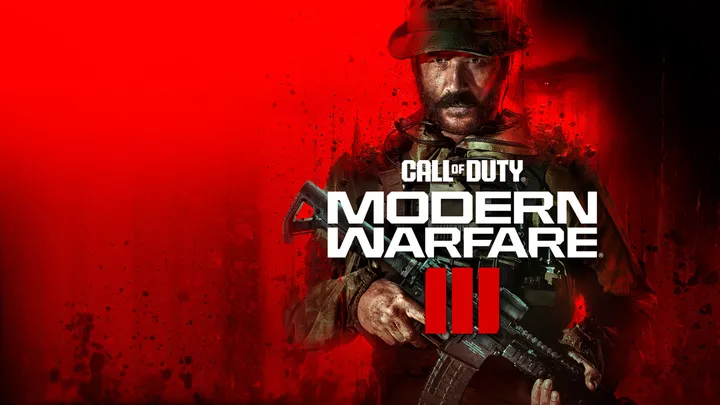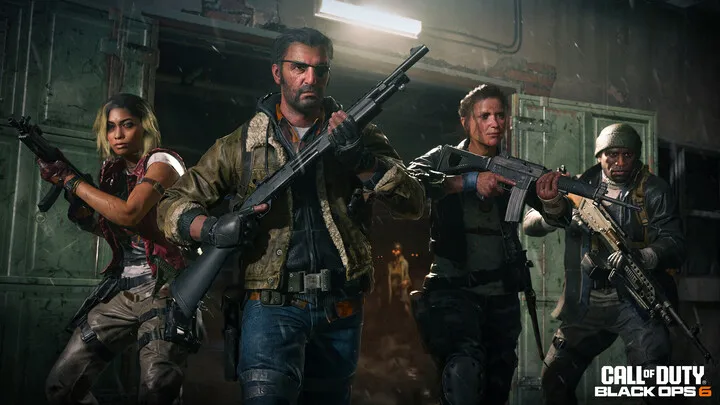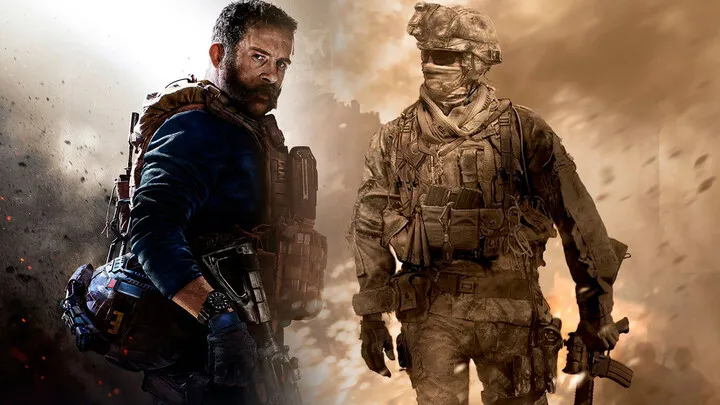Call of Duty has become one of the most iconic franchises in gaming history, but what keeps players coming back year after year is not just the fast-paced combat or cinematic campaigns. At the heart of the series lies a mechanic that defines player identity, strategy, and mastery—the weapon customization system. From the earliest titles with limited loadout options to the modern Gunsmith system that allows for nearly infinite possibilities, weapon customization has shaped how players approach every battle. This article takes a deep dive into the evolution of customization across the franchise, highlighting its technical progression, impact on gameplay, and the cultural identity it created for Call of Duty players worldwide.

Early Foundations: Basic Loadouts in Call of Duty 4: Modern Warfare
When Call of Duty 4: Modern Warfare launched in 2007, it introduced the now-legendary Create-a-Class system, a foundation that forever changed first-person shooters. For the first time, players weren’t bound to predefined soldier kits but could build loadouts with their chosen primary, secondary, and perks.
The system was revolutionary but simple by today’s standards. Attachments were limited to basics—red dot sights, silencers, and extended mags. Yet this simplicity allowed players to form personal playstyles. A silenced MP5 user felt completely different from someone running an M16 with a grenade launcher. It gave players ownership over combat, sparking an identity that carried into every match.
Expanding Attachments in World at War and Modern Warfare 2
The success of Modern Warfare’s loadout system set the stage for innovation. World at War (2008) retained the structure but introduced era-specific attachments like bayonets and rifle grenades, enhancing immersion.
Then came Modern Warfare 2 (2009), which escalated customization significantly. Attachments now included thermal scopes, heartbeat sensors, and akimbo options for certain weapons. Suddenly, a player’s loadout could drastically alter how they approached a firefight—stealthy, aggressive, or tactical. The iconic One Man Army perk even let players swap loadouts mid-battle, creating chaotic but creative strategies.
The Rise of Pro Perks and Specialization in Black Ops
Treyarch’s Black Ops (2010) pushed customization into specialization territory. Perks could now be upgraded into “Pro Perks” through challenges, granting secondary benefits. For example, Sleight of Hand Pro sped up both reloading and aiming down sights.
Weapon attachments expanded with new choices like dual mags, infrared scopes, and suppressors for sniper rifles. The game also introduced a currency system (COD Points), forcing players to make strategic decisions on which weapons or attachments to unlock. Customization was no longer just about preference—it became about investment and progression.
Pick 10 Revolution in Black Ops II
By 2012, Black Ops II introduced what many still consider one of the best systems in the series: Pick 10. Instead of being bound to fixed categories, players could spend 10 allocation points on any mix of weapons, attachments, perks, or equipment.

This opened unprecedented freedom. You could run a fully kitted weapon with multiple attachments but sacrifice secondary weapons and grenades. Alternatively, you could go perk-heavy, emphasizing mobility or stealth. Pick 10 emphasized creativity and adaptation, fueling countless discussions and debates in the community about “meta builds” versus experimental loadouts.
Gunsmith Foundations in Advanced Warfare and Infinite Warfare
The mid-2010s brought futuristic titles like Advanced Warfare (2014) and Infinite Warfare (2016). These games leaned into modular design, introducing more detailed weapon attachments and variants.
Players could experiment with optics, stocks, grips, and barrels in greater depth than before. Advanced Warfare even introduced supply drop-exclusive weapon variants with built-in stat adjustments. While controversial due to its connection with microtransactions, this system planted the seed for what would become the Gunsmith.
Gunsmith Debut in Modern Warfare (2019)
Everything changed with Call of Duty: Modern Warfare (2019). For the first time, weapons had multiple attachment slots—barrels, stocks, grips, muzzles, optics, and underbarrels—with dozens of options for each category. The Gunsmith system was born.
This created endless possibilities. A single M4A1 could be configured as a close-range SMG-style rifle, a long-range precision weapon, or a balanced all-rounder. Players could build weapons that matched exact playstyles, whether competitive or casual. The Gunsmith blurred the lines between weapon classes, fostering creativity and strategy at an unprecedented level.
Warzone and the Meta Loadout Era
The rise of Call of Duty: Warzone (2020) amplified the importance of weapon customization. Unlike multiplayer modes where loadouts reset, Warzone introduced loadout drops that carried player-built weapons into battle royale matches.

This shifted the community toward studying weapon stats, recoil patterns, and time-to-kill values. Entire online ecosystems formed around loadout sharing, with YouTubers and streamers defining the “meta.” A player’s success in Warzone became heavily tied to their mastery of the Gunsmith and understanding of attachments.
Gunsmith 2.0 in Modern Warfare II (2022)
With Modern Warfare II (2022), Gunsmith evolved further with Platform Systems. Instead of unlocking attachments for each weapon individually, players progressed through weapon families. For example, leveling up one assault rifle unlocked attachments for others in the same platform.
This encouraged experimentation, rewarding players for trying different weapons instead of sticking to a single favorite. Gunsmith 2.0 also refined tuning mechanics, letting players adjust specific attachment stats, like recoil control versus ADS speed. It pushed customization into hyper-detail, almost like a role-playing system within an FPS.
The Balance Between Freedom and Fairness
With so much customization, balance became a constant struggle. Developers faced challenges ensuring no single build dominated gameplay. Overpowered setups often led to nerfs, while underused weapons received buffs.
This cat-and-mouse game created an ongoing conversation between developers and the community. Some praised the depth of Gunsmith; others criticized its complexity and reliance on “meta” culture. The balance between giving players freedom while maintaining fairness remains one of Call of Duty’s biggest challenges.
Looking Ahead: The Future of Gunsmith in Call of Duty
The evolution of weapon customization shows no signs of slowing down. Future entries will likely expand Gunsmith further, perhaps incorporating AI-assisted builds, real-time tuning, or even dynamic attachment wear and tear to add realism.

There’s also potential for deeper integration with esports, where standardized “competitive loadouts” could balance professional play while still allowing casual creativity. As technology improves, customization will likely grow even more immersive, making each weapon feel uniquely personal.
Conclusion
From the humble beginnings of red dot sights and silencers to the sprawling depth of Gunsmith 2.0, weapon customization has become one of the defining pillars of Call of Duty. It empowers players to express individuality, refine strategies, and immerse themselves in combat like never before.
The journey of customization mirrors the growth of the franchise itself—constantly evolving, sometimes controversial, but always pushing boundaries. As the series marches forward, one thing is certain: the freedom to shape weapons will remain at the heart of Call of Duty, ensuring that no two soldiers on the battlefield ever fight the same way.

















